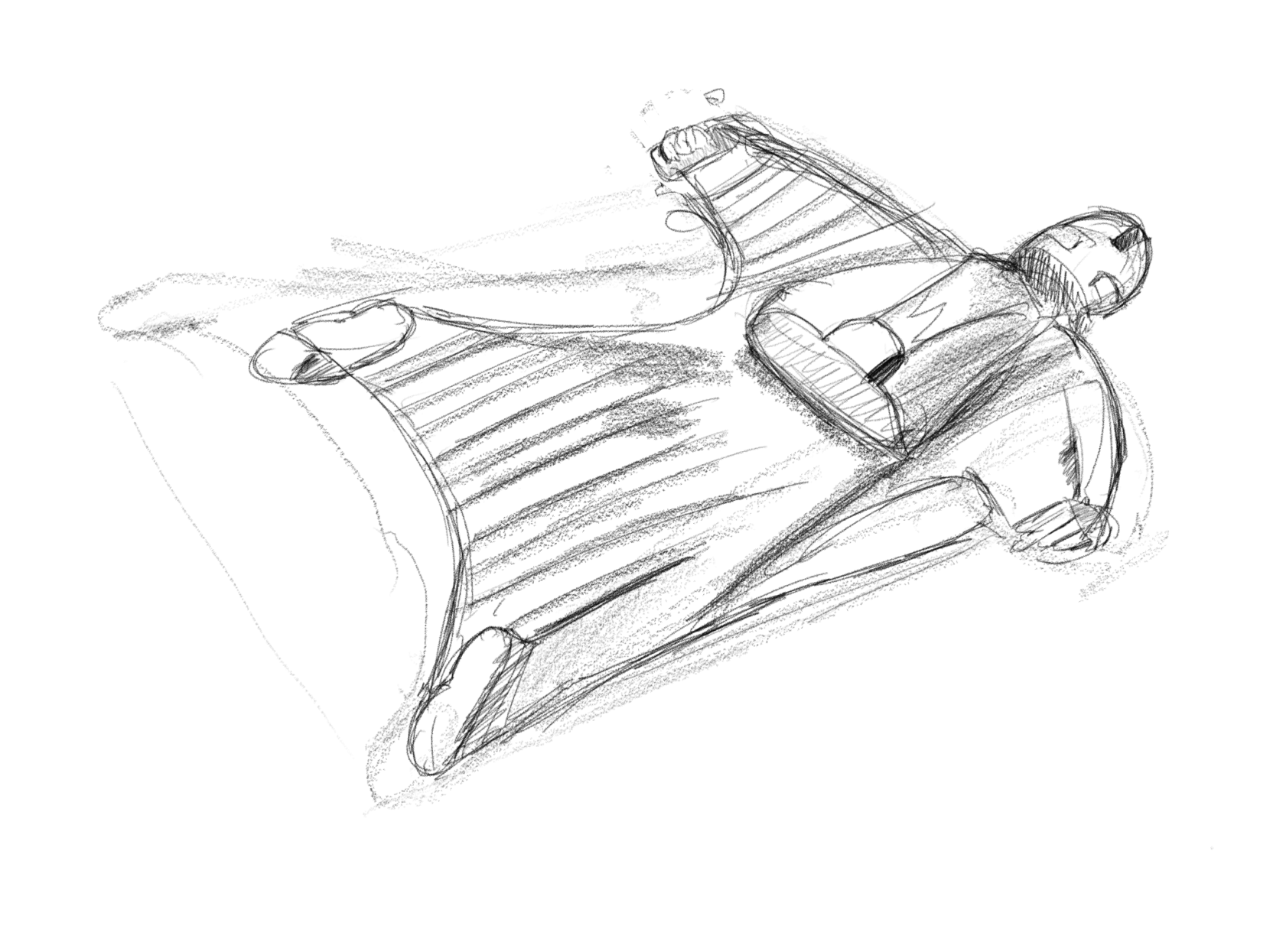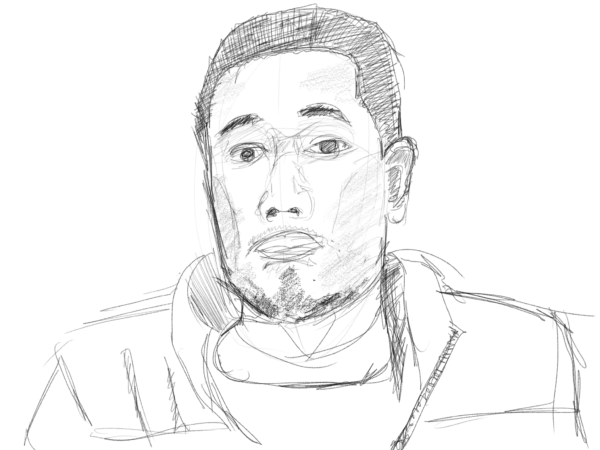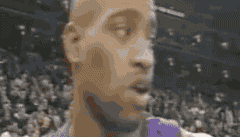In What I Talk About When I Talk About Running, Haruki Murakami writes about his life and how running has always been a part of it. The audiobook is a little over four hours. I really enjoyed it. I’m not a runner but I enjoy learning about how writers go about their lives. Throughout the book he explains relationships between running and writing.
Stop when it’s getting good. My familiarity with Murakami was mostly seeing people reading IQ84 on the subway and thinking “Well that’s a huge book.” That wasn’t written in weeks. It took months, years to write. Running endurance takes months, years, to build up.
How do you show up every day? By choosing the right time to stop:
“Right now I’m aiming at increasing the distance I run, so speed is less of an issue. As long as I can run a certain distance, that’s all I care about. Sometimes I run fast when I feel like it, but if I increase the pace I shorten the amount of time I run. The point being to let the exhilaration I feel at the end of each run carry over to the next day.
This is the same sort of tact I find necessary when writing a novel. I stop every day right at the point where I feel I can write more.
Murakami acknowledges this is similar to Earnest Hemingway’s approach to stopping “where you still have your juice“.
Training focus. Murakami talks about talent and says there are people with overwhelming talent. He says there are a handful of writers through history who were born for it but that he’s not one of them. The good news is there are still plenty of great writers and it comes through practice. You practice prose and other writing concepts, but Murakami says it’s important to train your ability to focus:
“You’ll naturally learn both concentration and endurance when you sit down every day at your desk and train yourself to focus on one point.”
“In private correspondence the great mystery writer Raymond Chandler once confessed that even if he didn’t write anything, he made sure he sat down at his desk every single day and concentrated.”
More and more I’m learning how important it is to practice concentrating. Practice focus. Practice deep work.
Learning about meditation helped me understand this further. You don’t really stop and think about how many thoughts are racing through your head. Through meditation, you learn to recognize thoughts, acknowledge them, and return to your breathing.
You can’t expect to meditate for an hour straight right off the bat. It might be harder to focus on work for an hour straight right off the bat.

Clear red lights. He says one of the reasons he runs regularly is that he gains weight easily. He’s optimistic about this, though. He says that there’s probably a benefit to having a clear red light. If he didn’t gain weight, there’d be no signal to his body that he needs to take better care of it.
You’re going to get older, you’re going to get slower, and it’s okay. Murakami seems to always think long-term. He knew running every day will build a healthy foundation for his later years. He also seems comfortable getting older, even if things become slower and slower.
“Changes that used to take a month and a half now take three. The amount I can exercise is going downhill, as is the efficiency of the whole process. But what are you going to do? I just have to accept it and make do with what I can get. One of the realities of life. Plus, I don’t think we should judge the value of our lives by how efficient they are.”
I love this. In college, I was all about productivity blogs and todo lists and organizing projects by context so at every moment I could have a way to be doing something useful and increase my efficiency. That of course means mostly feeling guilty throughout the day in different contexts for not doing something you’ve deemed productive.
It’s easy to value efficiency for the wrong reasons. We complete tasks quicker to free up time for more tasks that we can work toward completing quicker. And on and on. It reminds me of Oliver Burkeman’s article at The Guardian—”Why time management is ruining our lives“.
That article is great in its entirety, but something that’s stuck with me is Burkeman’s description of sleep. There seems to be wider acceptance that we can’t run on 4 hours of sleep week after week. But Burkeman wrote that the rise in its acceptance is focused on efficiency:
“Even rest and recreation, in a culture preoccupied with efficiency, can only be understood as valuable insofar as they are useful for some other purpose – usually, recuperation, so as to enable more work. (Several conference guests mentioned Arianna Huffington’s current crusade to encourage people to get more sleep; for her, it seems, the main point of rest is to excel at the office.)”
Make sure to get really good sleep so you can do really good work.
Write, run, relax. Murakami’s daily routine is built around sleeping early and waking up early. Before writing novels, he ran a bar, which meant keeping the exact opposite schedule.
In the morning he writes for 3-4 hours. The middle of the day is for things requiring less concentration, including running. At the end of the day, he reads, listens to music, and takes it easy.
I’ve always been one of those people who doesn’t really get running. I couldn’t imagine enjoying running long distances. In What I Talk About When I Talk About Running, Murakami explains what running means to him. It’s a lot more than just runners’ high. What does he think about what he thinks about running? Nothing in particular.
“As I run, I don’t think much of anything worth mentioning. I just run. I run in a void. Or maybe I should put it the other way: I run in order to acquire a void.”
After finishing this book, I went for a short run. Mostly I thought about how different parts of my lower body hurt. When things were going good, though, I could see flashes of the void at the end of the tunnel.















